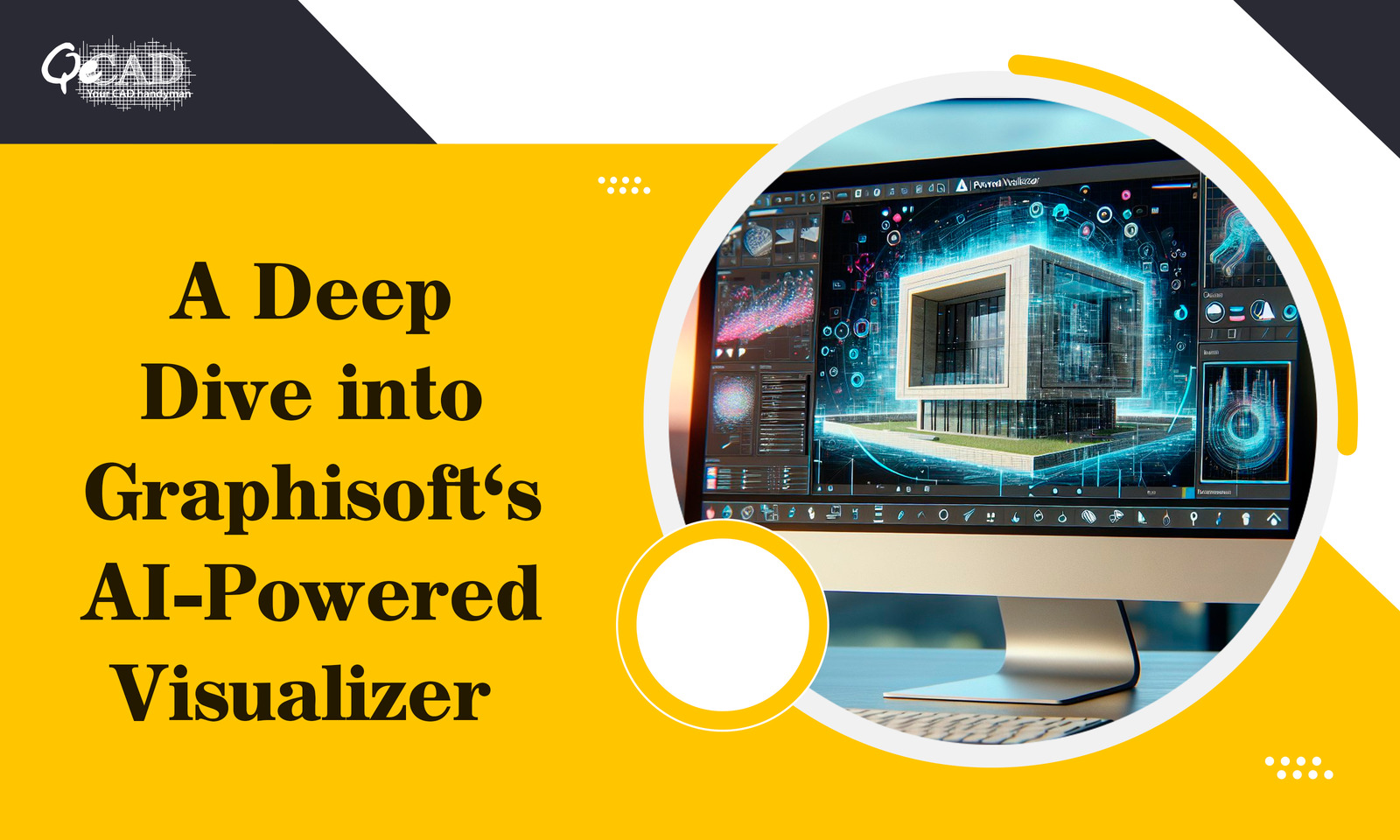
Introduction
In the architectural domain, technological advancements continue to shape the way professionals conceive, design, and present their ideas. Graphisoft, a pioneer in architectural software development, has once again set a new standard with the introduction of the Archicad AI Visualizer. This cutting-edge tool harnesses the power of artificial intelligence to revolutionize 3D Visualization Services, offering architects an innovative and efficient way to bring their designs to life.
The Evolution of Architectural Visualization
Architectural visualization has evolved significantly, transitioning from conventional hand-drawn sketches to advanced 3D rendering software. The shift towards digital representation has not only enhanced the presentation of architectural designs but has also become an integral part of the design process itself. Graphisoft’s Archicad AI Visualizer marks the next step in this evolution, introducing a level of intelligence that significantly streamlines the visualization workflow for a BIM Outsourcing Company.
The Power of Artificial Intelligence
Artificial Intelligence (AI) has permeated various industries, and its application in architecture is no exception. The Archicad AI Visualizer employs machine learning algorithms to analyze design elements and understand architectural intent. This intelligent processing capability allows architects to generate high-quality visualizations with minimal manual input, reducing the time and effort traditionally associated with the visualization phase.
Key Features of Archicad AI Visualizer
1. Automated Scene Analysis: The AI Visualizer excels at automatically analyzing architectural scenes, identifying key elements such as lighting conditions, materials, and spatial configurations. This automated process significantly accelerates the initial stages of visualization, providing a solid foundation for further refinement.
2. Intelligent Material Recognition: One of the standout features of Archicad AI Visualizer is its ability to recognize and apply materials intelligently. The tool can differentiate between various surfaces, such as walls, floors, and ceilings, and automatically assigns appropriate materials based on real-world properties. This not only enhances the realism of the visualizations but also saves architects considerable time in manual material selection.
3. Adaptive Lighting Simulation: Lighting is a critical aspect of architectural visualization, influencing the mood and perception of a space. Archicad AI Visualizer leverages AI to simulate adaptive lighting scenarios, considering factors like time of day and geographic location. The result is stunningly realistic visualizations that accurately portray how natural and artificial light interact with the designed environment.
4. User-Friendly Interface: The Archicad AI Visualizer, while possessing advanced capabilities, retains a user-friendly interface. Architects can easily integrate the tool into their existing workflow, making it accessible to both seasoned professionals and those new to the field of architectural visualization.
Benefits for Architects
The introduction of Archicad AI Visualizer brings a myriad of benefits for architects:
- Time Efficiency: By automating complex tasks such as scene analysis and material assignment, architects can significantly reduce the time required for visualization. This newfound efficiency allows for quicker iterations and more time to focus on refining design concepts.
- Enhanced Realism: The AI-driven simulations result in visualizations that closely mimic real-world conditions. This level of realism not only aids architects in presenting their ideas to clients and stakeholders but also facilitates better-informed design decisions.
- Streamlined Collaboration: The tool promotes collaboration by providing a common visual language for architects, designers, and clients. The easily interpretable visualizations foster better communication and understanding of design intent among team members.
- Innovation Catalyst: Archicad AI Visualizer empowers architects to push the boundaries of creativity. With the time saved on routine tasks, architects can explore more innovative design solutions and experiment with various visual scenarios.
Conclusion
Graphisoft’s Archicad AI Visualizer represents a significant leap forward in the field of architectural visualization. By harnessing the power of artificial intelligence, the tool not only streamlines the visualization process but also elevates the quality and realism of the generated visuals. As architects continue to embrace technology as a tool for design, the Archicad AI Visualizer stands as a testament to the transformative potential of AI in shaping the future of architecture.
